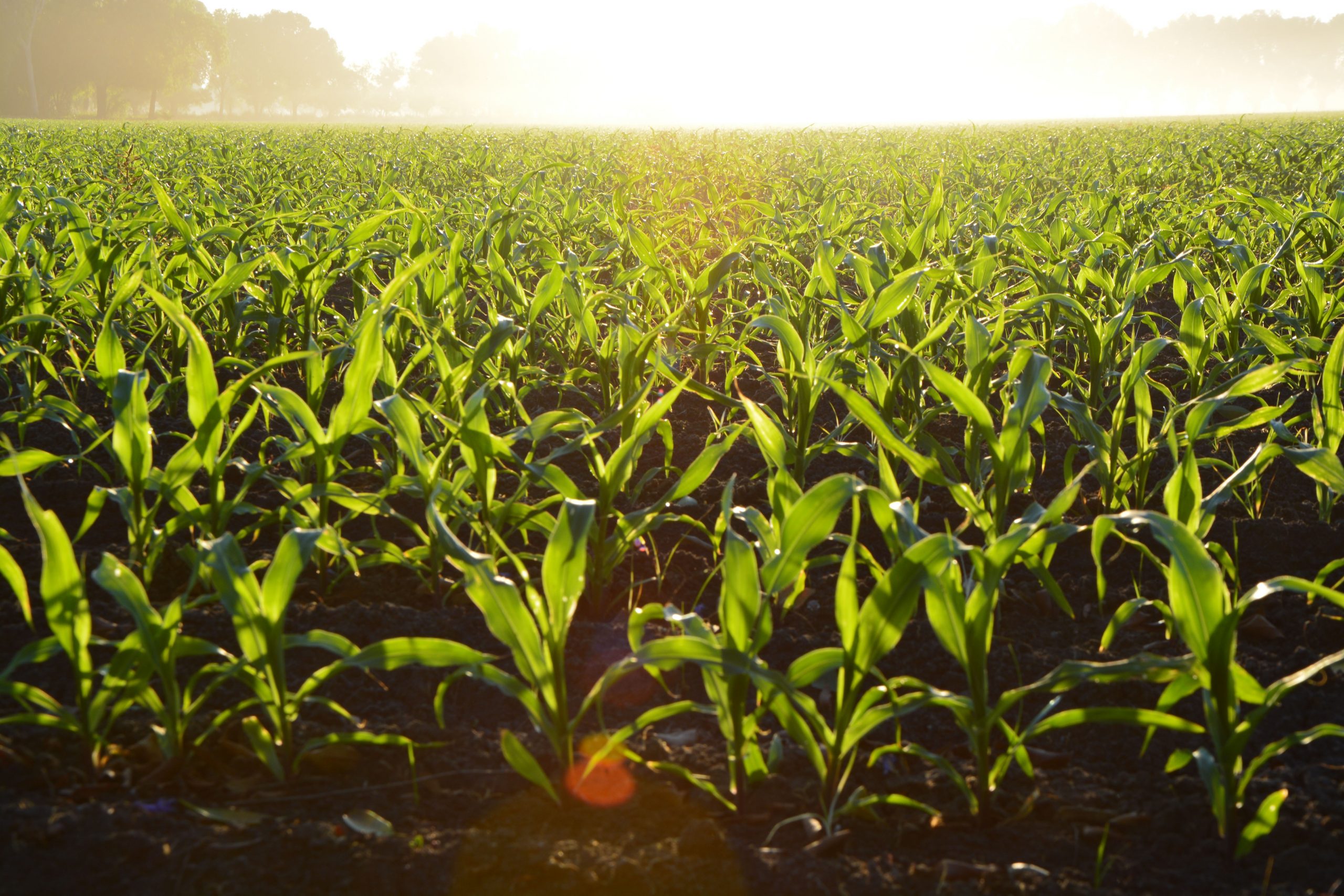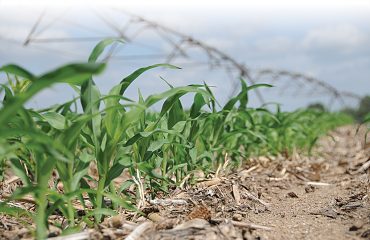Recently I wrote that “Sustainability” is an un-definable word (“Sustainability in Agriculture: An Undefinable Word”). In it I explained that everyone seems to have a different expectation of this word, and therefore impossible to define.
As this special word becomes more important to consumers, perhaps a better way of stating my case is to state that “Sustainability has many definitions.”
First, it is widely accepted that the food consumer is demanding “sustainability” in their food choices. Consumers want to know that they are purchasing food that helps the environment, improves their health, and improves the livelihood of all involved in the food production process. This is the reason that food companies are developing their definitions, which in turn leads to suppliers of food to follow suit. Suppliers of food extends to ag retailers, farmers, farmland owners and all other parties involved in food production.
To start, below is the ‘Legal Definition of Sustainable Agriculture announced by the National Institute of Food and Agriculture (NIFA) of the USDA:
The term ”sustainable agriculture” (U.S. Code Title 7, Section 3103) means an integrated system of plant and animal production practices having a site-specific application that will over the long-term:
- Satisfy human food and fiber needs.
- Enhance environmental quality and the natural resource base upon which the agriculture economy depends.
- Make the most efficient use of nonrenewable resources and on-farm resources and integrate, where appropriate, natural biological cycles and controls.
- Sustain the economic viability of farm operations.
- Enhance the quality of life for farmers and society as a whole.
Most people up and down the food chain can agree on these basic principles. The next challenge is to identify the needs within these basic principles, how to apply the principles, and how to communicate to consumers so they feel their demands are recognized and fulfilled.
Here are a few examples of food company sustainability goals.
- Del Monte Fresh Produce 2019 Corp Sustainability Report.
- Sustainably sourced products
- Greenhouse gas emission reduction
- Promoting wildlife
- Promoting growth of communities
- Applying responsible farming techniques to preserve land and water
- Oppenheimer Group—Kiwi Production
- Utilizing bagasse fiber (from sugar cane) in packaging. This fiber is compostable and recyclable, plus printing is done using vegetable-based inks.
- Fyffes (Dublin based banana company)
- Sustainability pillars linked to UN sustainable development goals
- Developed “Discover More” program
- Setting ethics standards, utilizing consumer engagement
- Providing greater insight into how bananas are grown
- Utilizing blockchain technology to communicate with consumers
- Transparency in harvesting, transportation, storage stages
- Identifying social impact
- Certifications and carbon footprint identified and communicated
- McDonald’s Corporation
- Created “Flagship Farmer Program”
- Amplifies stories of farmers and ranchers who exemplify best practices
- Utilizing and identifying those specific farmers and ranchers who meet and exceed best practices
- Tyson Foods
- Joined the “Coalition for Global Protein” along with other food companies
- Goal: to unite stakeholders across the food and agriculture sector to identify and implement new and creative solutions to sustainably feed the world’s growing population.
- Wendy’s- “Good Done Right”
- Comprehensive accounting of animal care best practices, including responsible use of antibiotics and animal housing conditions by 2024
- Taco Bell- “work to ensure all of our beef is sustainable”
- Starbucks-double recyclability and compostability of its cups and packaging by 2022
- Walmart- “Project Gigaton”
- Initiative to remove 1 billion tons of GHG’s (greenhouse gases) out of its supply chain by 2030
- Created “Flagship Farmer Program”
From these various ‘definitions’ or rather ‘priorities’, one can see there are multiple ideas of sustainability and multiple ways to approach the subject and solution. The good news is all of these companies (and many of their counterparts) are serious about sustaining our environment in whatever way they can contribute.
Closer to the ag producers we have the USDA, and more recently a coalition of farmland owners and managers looking at the issue from their viewpoint.
USDA Initiative announced in February 2020:
- A 50% reduction in food waste by 2030
- A 30% cut in fertilizer runoff by 2050
- A “net reduction” in carbon emissions by 2050, ‘without regulatory overreach’
- Increase farm production by 40%
- Ethanol “market driven blend rates” of 15% of U.S. transportation fuels by 2030; and to be 30% of all transportation fuels by 2050
USDA noted that agriculture was responsible for 9% of greenhouse gas emissions in 2017.
A total of 21 farm groups created a coalition with USDA to assist in creating this initiative. Those groups included American Farm Bureau Federation, National Pork Producers Council, National Cattlemen’s Beef Association and other farmer-related groups.
In January 2020, another coalition of 50 organizations including farmland owners, farm managers, investment managers, ag attorneys and two environmental organizations created the “Leading Harvest” coalition. Their goal is to create a ‘common standard’ for sustainability among the group. Their emphasis is on “Environmental, Social and Governance” (ESG) that will generate long-term sustainability.
To date, the organization started with the Sustainable Forest Initiative (SFI) standards created over 20 years ago to emphasize and require sustainable management of renewable forest operations. The SFI established 14 points of emphasis in forest management. The team took these 14 points and applied them to crop production techniques across multiple annual and perennial crops.
The next step was to apply those points to an initial 22,000 acres of corn, soybean, wine grapes, almonds, cranberries, pistachios, apples, walnuts, citrus and peanuts. They then relied on third-party auditors to verify results and suggest areas of improvement. Third-party audits will be a requirement of the new standards.
The expectation for 2020 is to more fully implement the standard among the participating members and monitor how well it works. The long-term vision is to truly change how working farms and agriculture operate on a day-to-day basis.
What should we conclude from all of these definitions and various coalitions of agricultural groups?
I believe it is evident that everyone involved in production agriculture-up and down the food chain-is concerned with improving production ag techniques. We need to all do our part in order to meet the food demands of the future and assure sustainable operations both today and for future generations.
Agriculture has identified the demands of the consumer. Consumers want to know their food comes from sustainable operations, that it is safe to eat, and that we all contribute to the health and safety of our communities. Now, it is important to communicate to the consumer the outstanding sustainable work U.S. farmers are achieving.
Although everyone has a different individual perspective with individual goals, the overriding goal is to feed the world. U.S. Agriculture is and will be the primary food provider for the world, as global population is expected to grow by 30% over the next couple decades. Thus, it is important to everyone that we identify our needs, set goals and work together in sustainability of our agricultural operations and communities.
(Sources: The Land Report, Jan 2020, article by Cary Estes; Food Business News, Farm Journal AgWeb, USDA, various company websites)





